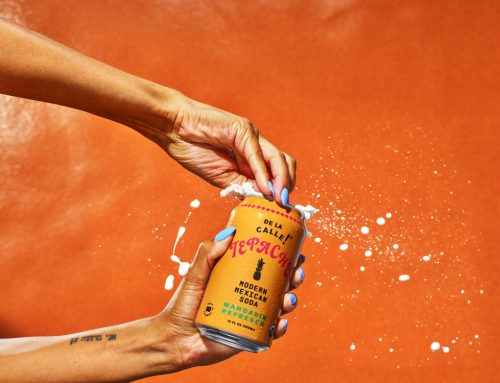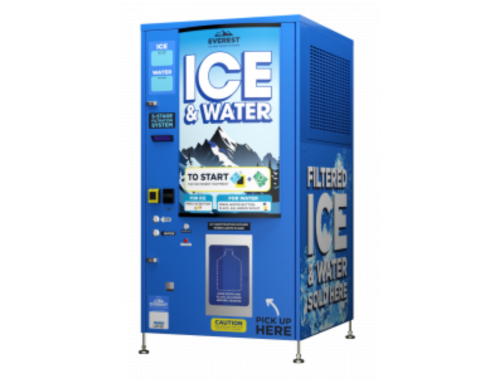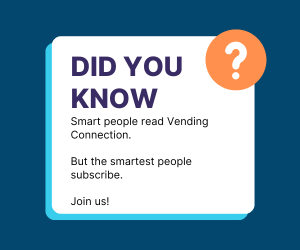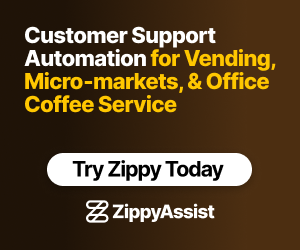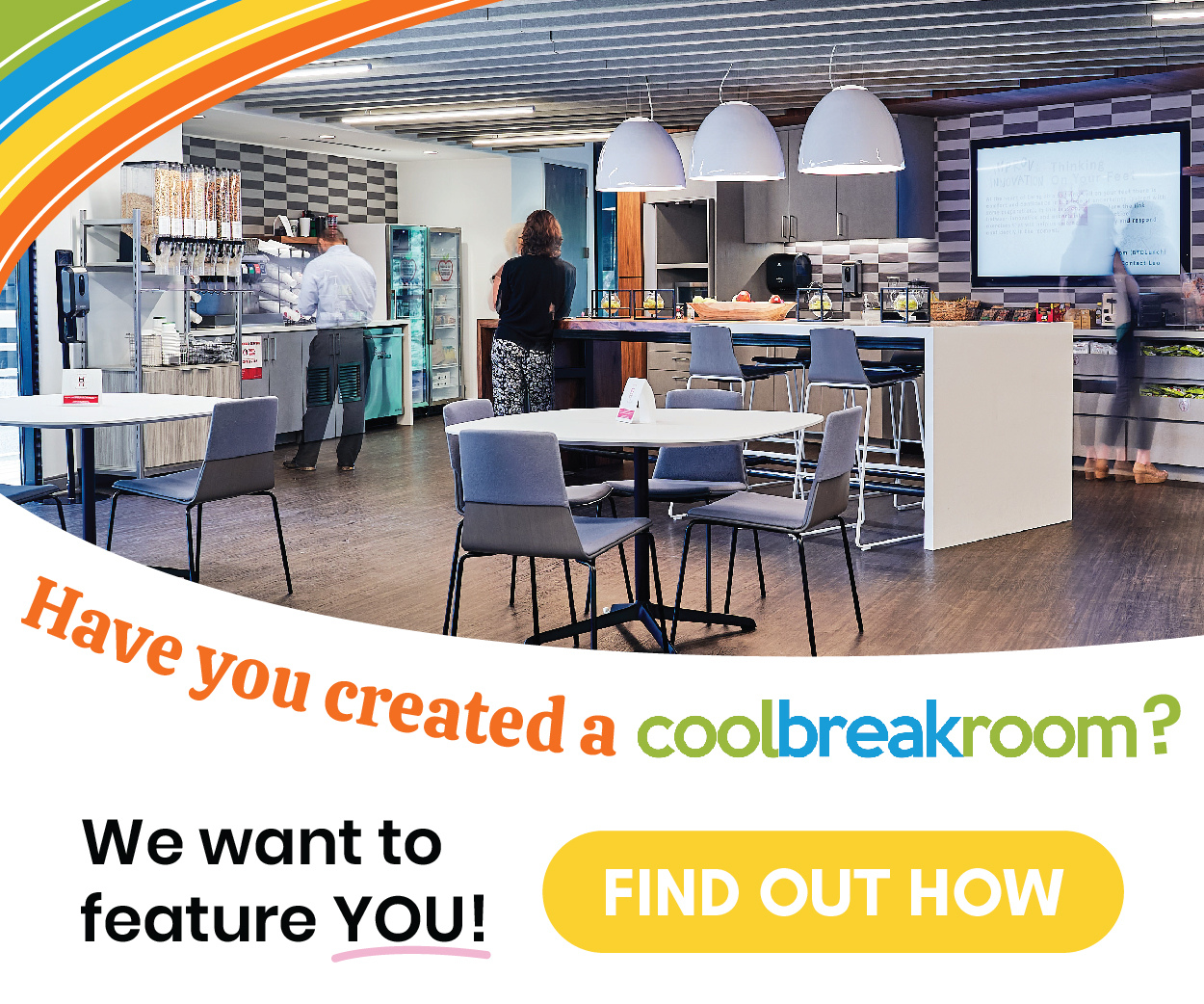Today, at 31, Marcus Graham now has a thriving vending machine business that brings in more than $300,000 a year in sales. But just a few years ago, he was living at home with his mom in Rochester, New York, working a $17-per-hour managerial job.
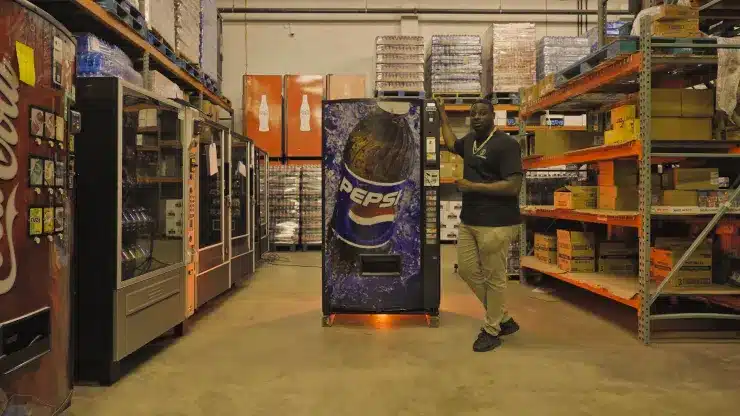
Marcus Graham: My goal was to save up enough money to purchase a rental property that could generate passive income. But one day, a new side hustle idea sparked when my friend saw a woman taking cash out of a vending machine.
I thought about how it could be a profitable business with little heavy-lifting. So in 2018, I moved to Philadelphia and bought two machines.
Joyner Vending made just $5,000 that first year. But I kept at it, and now I have 21 vending machines throughout Baltimore, Philadelphia, Detroit, and Washington, D.C. I’m on track to generate $500,000 in sales by the end of 2022.
Here’s what I learned throughout my entrepreneurial journey — and my best advice for anyone who is interested in starting a similar business:
1. You need at least $4,500 to get started.
I had saved up $10,000 from my 9-to-5 job, but my startup cost was around $4,000, which I used to pay for a snack machine, a beverage machine, two credit card readers, food and drink products and delivery fees.
Due to inflation, things are much more expensive today, so I recommend saving between $4,500 and $5,000. Machines can run anywhere from $1,000 to $10,000, depending on whether they’re new or refurbished. Delivery costs are usually between $200 and $500.
While credit card readers are optional, I’ve found that they can boost sales by up to 25%, since you aren’t only relying on customers to have cash on them.
2. Look for machine vendors with good reputations.
Crane, AMS, Dixie Narco and Automatic Products are all reliable manufacturers. Look to see if there are vending machine warehouses in your city, and on platforms like Craigslist, Facebook Marketplace and eBay.
There are many different types of machines. A refurbished Vendo 511 Drink Machine, for example, which you might recognize as a classic Pepsi machine, can go for $1,500. A new one can cost around $3,500.
3. Never buy a machine until you have a place to put it.
Location is everything. I’m always thinking about places that have a lot of foot traffic. Apartment complexes, hotels, student housing areas and warehouses with a lot of employees are all great options.
When trying to figure out whether a location might be profitable, find out:
- The hours of operation of the establishment: The more days and times they’re open, the higher the opportunity to make sales.
- How big the staff in the area is: More people working in or around the building means more potential customers.
One of my best-spelling placements is an online gaming location in Philadelphia, which is on pace to gross $100,000 this year.
I don’t pay much to place a machine in a given location, which I’ve found is typical in this business. Many businesses just want the service and don’t want to have to pay for the machines or installation. Of all my locations, I pay only one venue 15% of the monthly profits.
4. Yes, branding and customer service is important.
I quit my full-time job three years after starting Joyner Vending, and work only four hours a week now. Most of the time, I’m shopping online for food and beverage products. And once a week, I restock a machine in Maryland myself.
A lot of people think there isn’t any branding or customer service involved in this business since the machines operate on their own. But that’s not the case.
What sets me apart from my competitors is my quick response time. I do my best to accommodate customers — both the venues that house my machines and the people buying items from them.
When starting out, I spent $30 on a company polo shirt that I always wore, and invested $20 in business cards. I paid for a website and had a business proposal ready at all times in case there was a machine placement opportunity.
5. Study what customers want.
Some of my best-selling items are Coca-Cola, Red Bull, peanut M&M’s, Doritos Nacho Cheese and Lipton iced tea. I usually get them in bulk from wholesalers like Sam’s Club, BJ’s and Costco.
There are also local vending machine warehouses that sell food and beverage products, like Pinnacle Vending in Philadelphia.
At Pinnacle, I can buy a bottle of Coca-Cola at a wholesale price of $0.55, then sell it for $1.75, which gives me a profit of $1.20 per bottle. A bag of Doritos will cost me $0.60, which I sell for $1.50 and earn a $0.90 profit.
Thirty percent of my revenue goes towards stocking products, 10% goes to paying my five part-time employees. Another 10% goes to miscellaneous expenses, and my take-home profit is 50%.
6. As your business grows, share your knowledge with others.
In the future, I want to expand into more states, grow my team, and eventually open my own vending machine warehouse.
In 2020, I started offering an online class on how to start a vending machine company, and wrote an eBook based on the course. I’ve made $90,000 to date from these digital products. Next year, I’m launching a one-on-one coaching and consulting program.
Joyner Vending has been life-changing not just for me, but for my family as well. My favorite part is that I’ve become an expert in the business and get to share my knowledge with other people.
Marcus Gram is the founder and owner of Joyner Vending.
Watch video: This 31-year-old brings in $300K with his vending machine business—here’s how
Source: CNBN
#vendingsuccessstory
Also see: Vending Companies USA, Vending Start Up Ebook,



